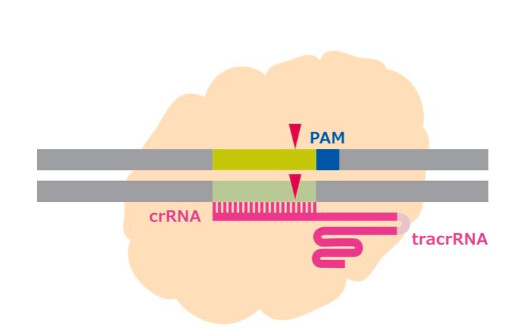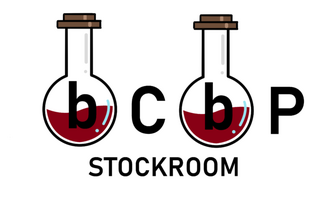Cas9 Protein - 250ug - CAS9PROT-250UG
$502.64
Pre-order
Out of stock, available for pre-order
1
Product Details
Cas9 Protein - 250ug - CAS9PROT-250UG
General description
CAS9, also known as cas5 and csn1, is the signature gene of the type II clustered regularly interspaced short palindromic repeats (CRISPR)-RuvC (RNase H-like fold) cas system.[1] CAS9 contains 1388 amino acids. This protein is predicted to contain a RuvC/ ribonuclease (RNase) H domain involved in crRNA maturation and McrA/HNH signature domain involved in the DNA degradation step.[1]
Recombinant Cas9 protein from Streptococcus pyogenes (~160 KD) is a ready-to-use reagent for genome engineering experiments. When combined with target-specific guide RNAs, wild type Streptococcus pyogenes Cas9 protein will act as a targeted nuclease suitable for transfection of cell cultures and for the accelerated development of genetically-modified animals via one-cell embryo injection.
Application
Functional Genomics/Target Validation/Genome Editing
Biochem/physiol Actions
Features and Benefits
- Highly specific
- Highly active
- Ready-to-inject/transfect
Packaging
pkg of 50 μg (≥ 300 pmol)
pkg of 250 μg (≥ 1500 pmol)
pkg of 250 μg (≥ 1500 pmol)
Components
Each kit consists of:
- one vial of Cas9 recombinant protein
- one vial containing 1 mL of 1× dilution buffer
- one vial containing 1 mL of nuclease-free water with glycerol
Principle
CRISPR/Cas systems are employed by bacteria and archaea as a defense against invading viruses and plasmids. Recently, the type II CRISPR/Cas system from the bacterium Streptococcus pyogenes has been engineered to function in eukaryotic systems using two molecular components: a single Cas9 protein and a non-coding guide RNA (gRNA). The Cas9 endonuclease can be programmed with a gRNA, directing a DNA double-strand break (DSB) at a desired genomic location. Similar to DSBs induced by zinc finger nucleases (ZFNs), the cell then activates endogenous DNA repair processes, either non-homologous end joining (NHEJ) or homology-directed repair (HDR), to heal the targeted DSB.
Reconstitution
Lyophilized S. pyogenes Cas9 protein should be resuspended in the Reconstitution solution provided to desired concentration. Gently tap tube to completely dissolve lyophilized powder, incubate for 10 minutes on ice, and spin tube to bring material to bottom of tube.
Other Notes
Use our CRISPR Selection Tool to order gRNA
Check out our other MISSION® Cas9 Proteins at SigmaAldrich.com/CRISPRproteins
Check out our other MISSION® Cas9 Proteins at SigmaAldrich.com/CRISPRproteins
Legal Information
MISSION is a registered trademark of Sigma-Aldrich Co. LLC
Kit Components Only
Product No.
Description
- Cas9-NLS from Streptococcus pyogenes, expressed in Escherichia coli
- Dilution buffer for Cas9 proteins
- Reconstitution solution for Cas9 proteins
Save this product for later
Cas9 Protein - 250ug - CAS9PROT-250UG
Display prices in:USD

